Electricity prices rose the most in September, up 69.16% year-on-year and 0.59% compared with the previous month, followed by fresh fruit, which increased by 32.42% year-on-year, and hygiene and cosmetic services, with an annual rise of 19.52%, according to data from the National Institute of Statistics published on Monday.
Month-on-month, air transport services fell by 9.8% in September, while road transport services rose by 2.17%.
Within the food category, significant price increases were also recorded for fresh and canned fruit, up 19.26%, and for cocoa and coffee, which rose 19.23% in September 2025 compared with September 2024. Price declines were recorded year-on-year for fresh fruit, down 7.82%, and for potatoes, down 6.35%.
Among non-food goods, the largest price increases in September were recorded for, alongside electricity, heating energy, which rose 13.63%, and books, newspapers, and magazines, up 10.48%. The only price decrease was recorded for gas, down 2.04%.
In the services sector, in addition to hygiene and cosmetic services, significant price rises were seen in rail transport, up 18.59% year-on-year, and other industrial services, which increased 17.66%. Prices fell for air transport, down 14.91%, telephony services, down 1.33%, and postal and telecommunications services, down 0.59%.
The annual inflation rate rose to 9.88% in September, up from 9.85% in August, with non-food goods up 11.09%, services up 10.36%, and food products up 7.86%, according to data published on Monday by the National Institute of Statistics (INS).
"The consumer price index in September 2025 compared with August 2025 was 100.36%. The inflation rate from the beginning of the year (September 2025 compared with December 2024) was 8.5%. The annual inflation rate in September 2025 compared with September 2024 was 9.9%. The average change in consumer prices over the last 12 months (October 2024 - September 2025) compared with the previous 12 months (October 2023 - September 2024) was 6.1%," shows the INS release.
According to the same source, the harmonised consumer price index for September 2025 compared with August 2025 was 100.50%. The annual inflation rate for September 2025 compared with September 2024, based on the harmonised index (HICP), was 8.6%. The average change in prices over the last 12 months, based on the HICP, was 5.9% compared with the previous 12 months.
BNR Governor Mugur Isarescu said in August that inflation is expected to peak in September at 9.6-9.7%, and would likely exceed 9% by the end of the year.
"The impact of large supply-side shocks on inflation this year and on CORE 2 adjusted inflation has been calculated at four percentage points. This is the main reason why we could not consider an interest rate cut. We also refer to it as a large increase in inflation this year: two percentage points from electricity market liberalisation on 1 July - actually slightly higher at 2.2 points according to today's index. The second major shock is VAT, which we estimate has added 1.6 percentage points to headline inflation, plus excise increases of 0.4 points. Four points were calculated last week, now 4.2-4.3 points based on current data. The impact on CORE 2 adjusted inflation is also significant. Three major shocks will be gradually absorbed if we avoid secondary effects; stabilising inflation expectations after such price increases is not easy. This is the forecast. We have a visible 'hump', which will likely peak at 9.6-9.7% in September before gradually declining. According to our forecast, by the end of next year, inflation will not only return to the target range but may be even lower than previously projected," Isarescu explained at the press conference presenting the BNR Quarterly Inflation Report on 12 August.
The National Bank of Romania (BNR) has revised its inflation forecast for the end of 2025 upwards to 8.8%, "probably above 9%," from 4.6% previously, and expects inflation to reach 3% by the end of 2026, compared with 3.4% in the earlier forecast.
Since 1 August, Romania applies a standard VAT rate of 21%, up from 19%, with only a single reduced rate of 11%.

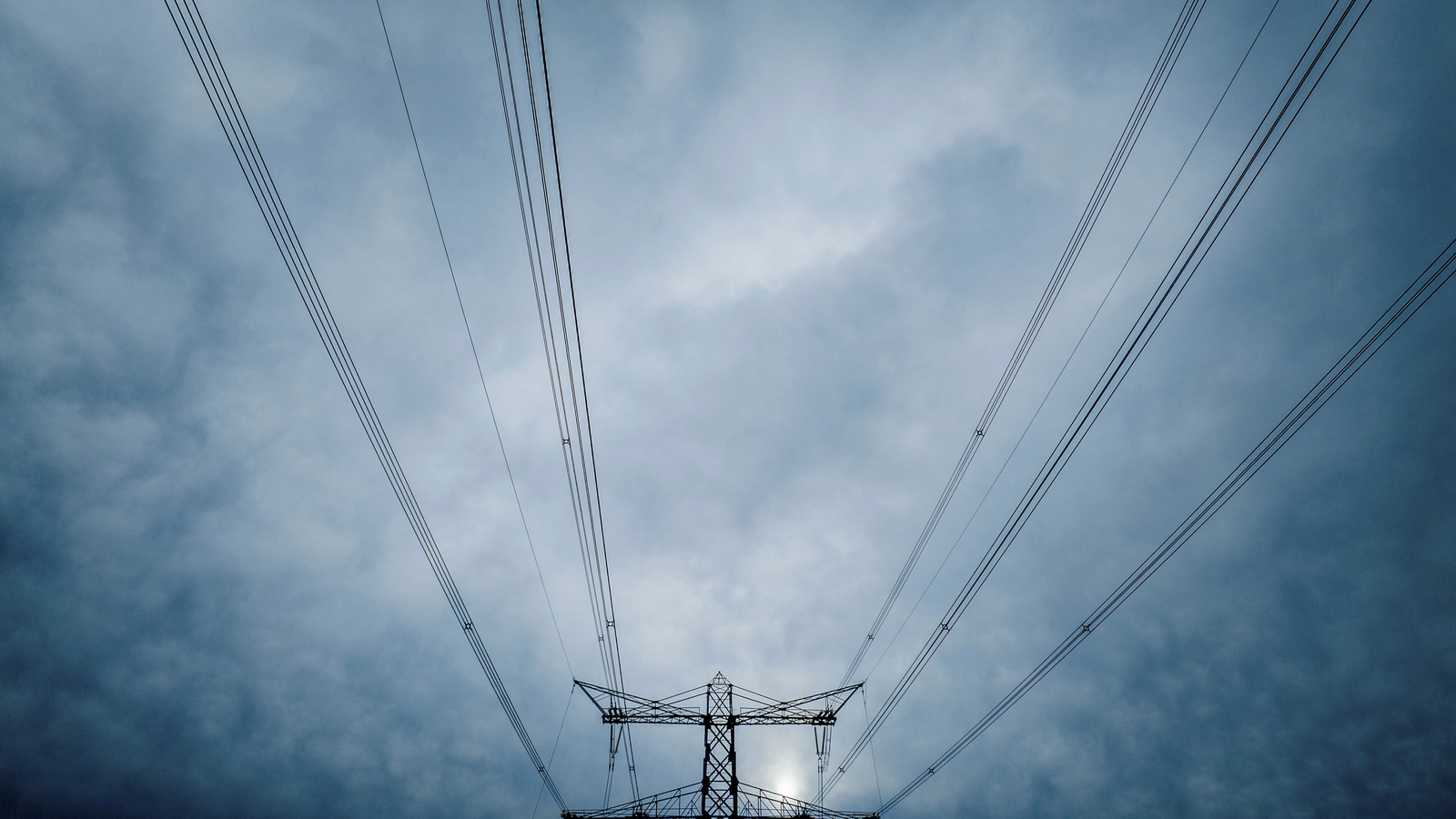







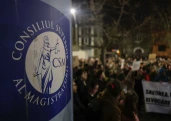



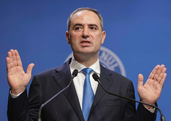

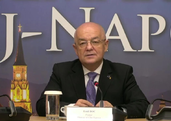

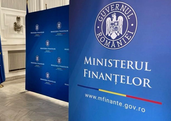




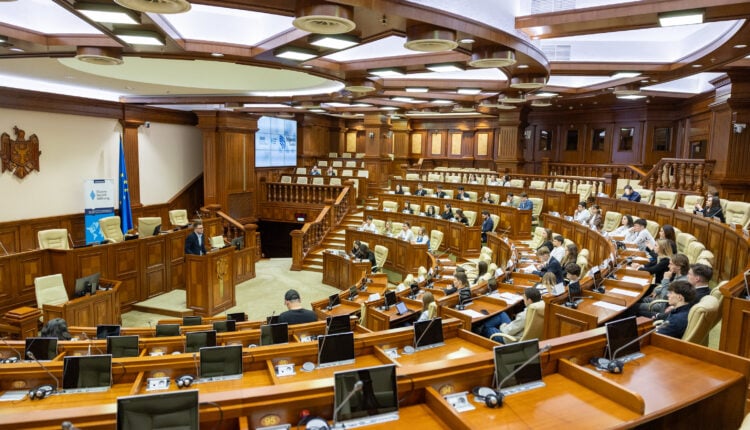
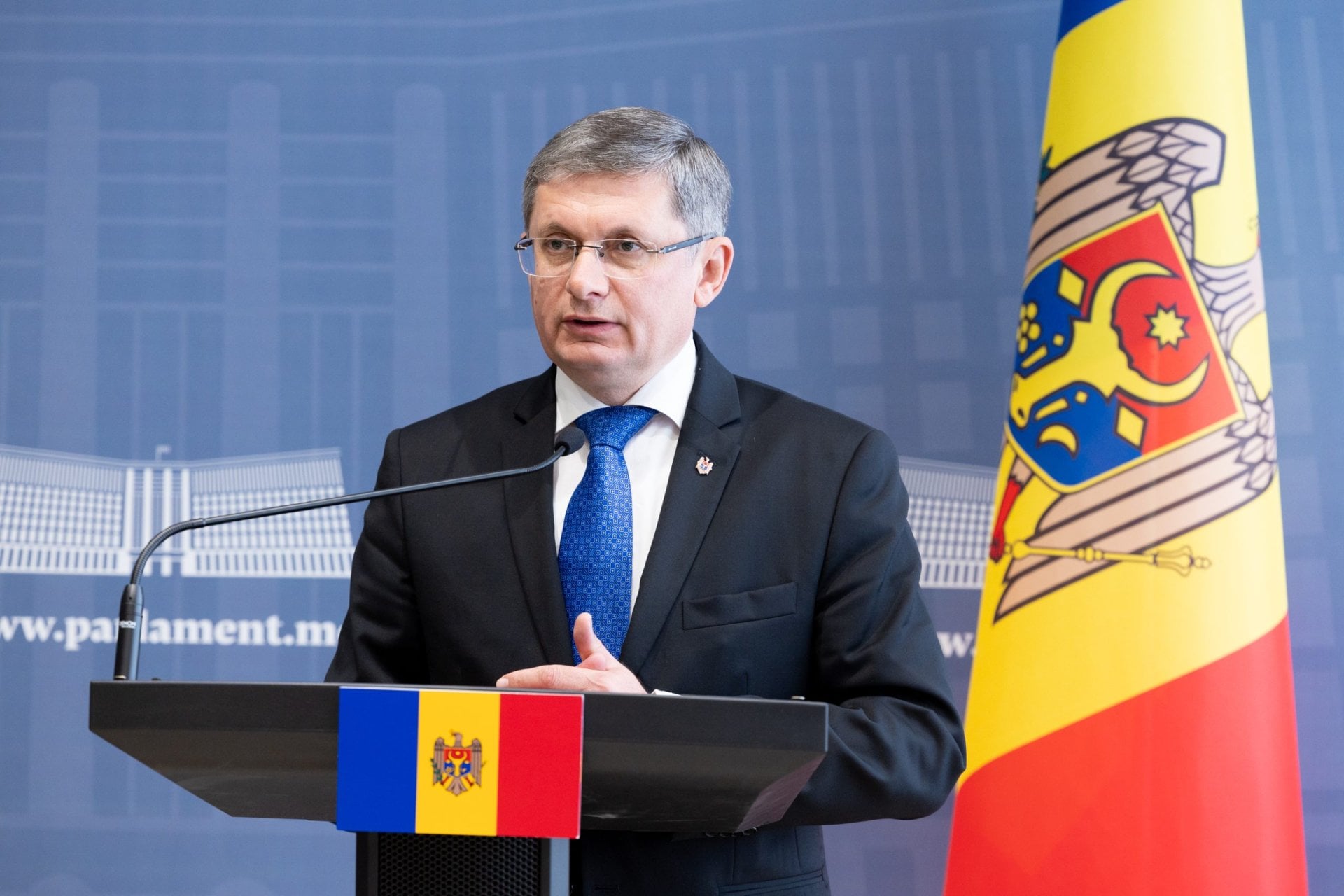
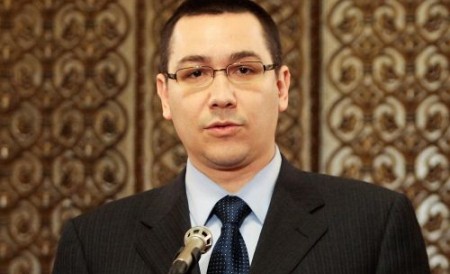

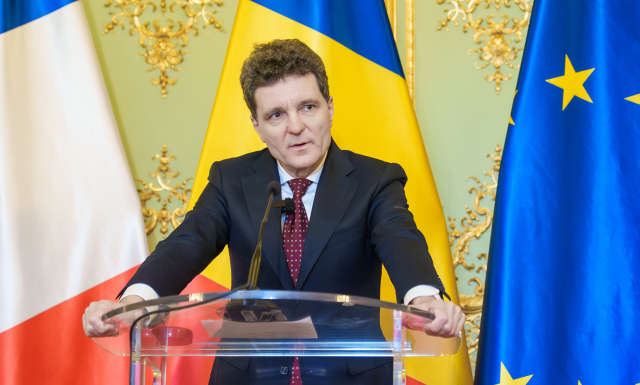







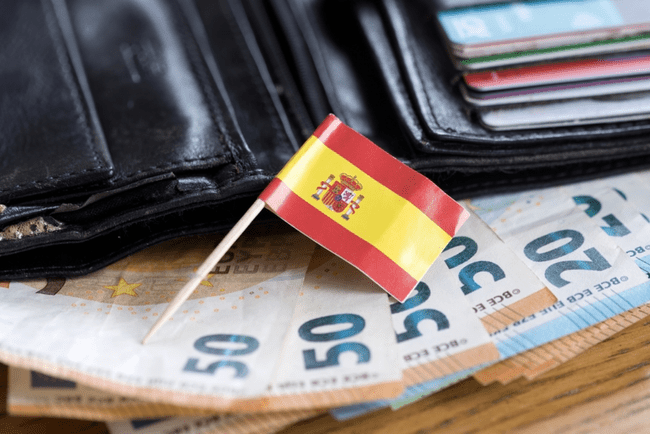

Comentează